Making Traditional Instruments
The construction of traditional instruments is one of the artworks done by craftpeople. This art alone has a wide range of subcategories, each with its elegance and complexity. The art of making instrument has spontaneously survived by the artists for many years, and there is little information in the historical review of this art except in the Qajar era. Probably at this time, most of the musicians made their own musical instruments. The Iranian instruments can usually be made of walnut wood, mulberry, service tree and so on, but the best and most suitable wood to make tar, Setar, Dotar, and Tanbour are made of mulberry wood, which has different types: black mulberry (Shahtut), white mulberry, and narak blackberry. However, the best one is of blackberries, which are very rare, and it is difficult to find it in high quality of it. One of the reasons for selecting this wood is its capability to provide optimal sound, beauty and resistance to pests.
The best time to cut the tree is in autumn because at that time, the tree falls asleep. Raw materials for making traditional instruments are wood, bone, horn and glue. Besides these materials, tools such as all kinds of thighs, caverns, turbot saws and dried cutters, grate, forceps, calico, gonias, rulers, woodcocks, slivers, clamps, plaids, spun yarns and narrow cords are used. The building method and the location of the soft and firm parts of the wood are different for each instrument selected according to the pitch sounds. However, in general, it can be said that each instrument has standard sizes, which, according to the size, cut the logs into pieces and cut them off according to the pattern, and form the outer part, and then with the help of types caverns empty inside. About the instruments such as Tar and Setar, and so on, after the preparation of the bowl and handle, the bones are used to install the handle, the horn to make nails and vaults, and the glue for the attachment of parts. In instrument making the use of local materials, emotional needs, preservation of customs and rituals, as well as the artistic virtues of Iranian artists are among the factors that create the work of art. In fact, instrument making is a mixture of arts such as carpentry, mosaic, embellishment and so on and is among the most applicable arts.

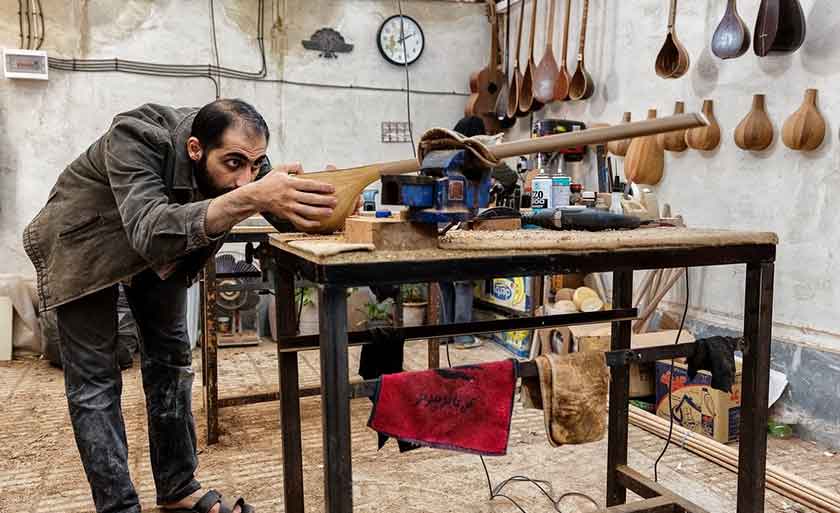
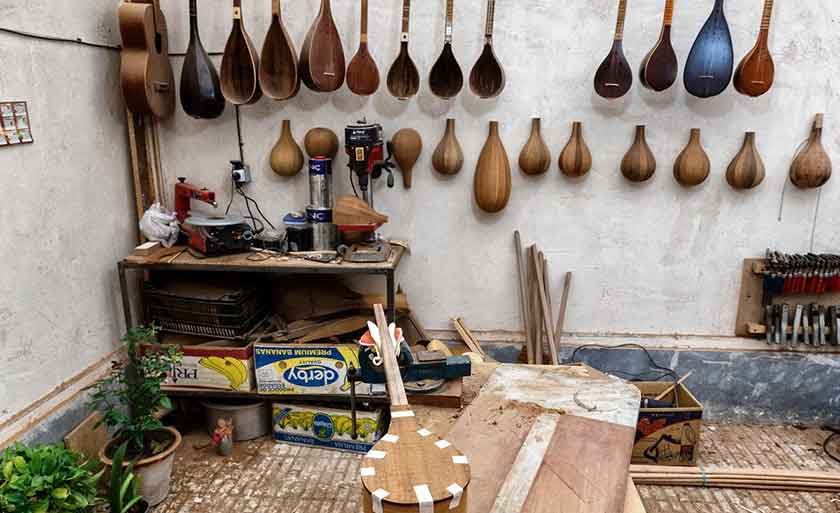
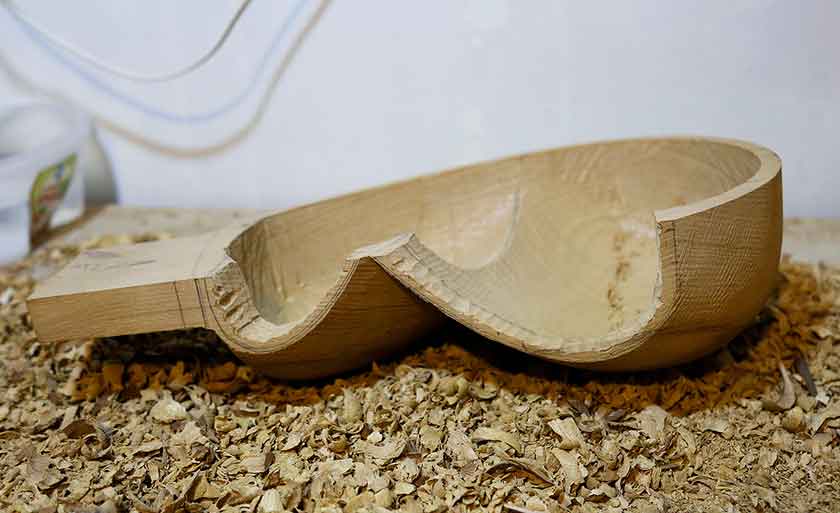
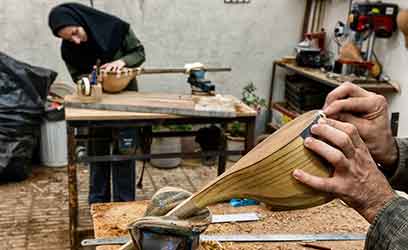
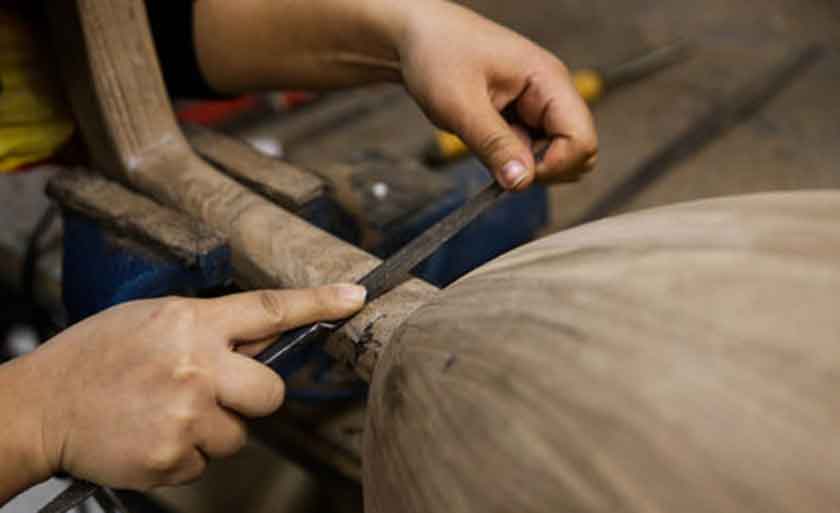
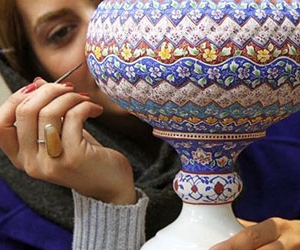
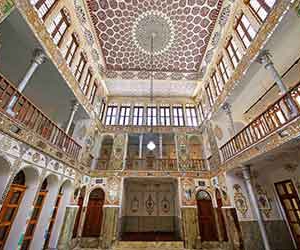
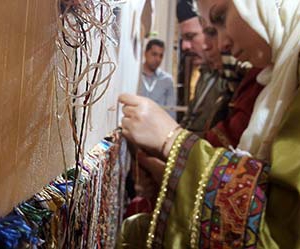



Leave a Reply
Want to join the discussion?Feel free to contribute!